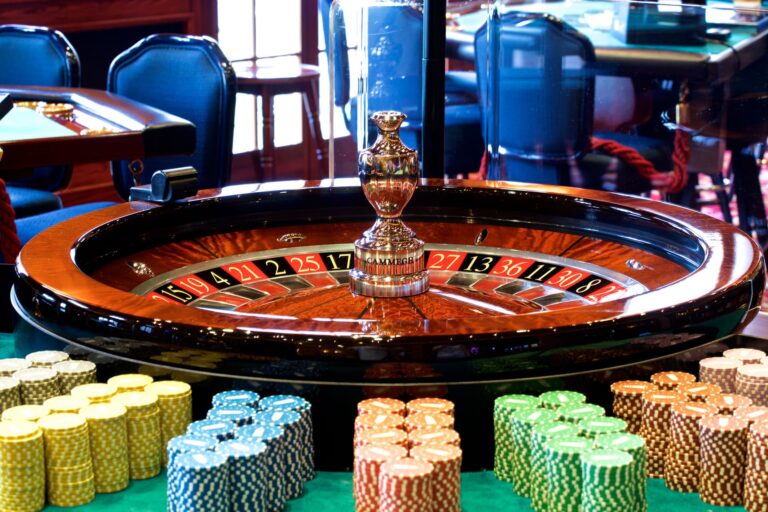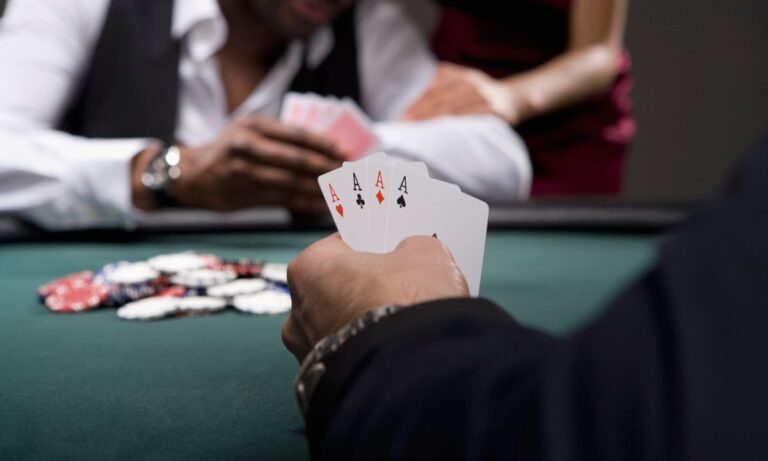In this article, the card deals and third card rules will be tackled as the baccarat’s pillars of knowledge.
Card Deals
In baccarat, there are only a pair of cards that are given by the dealer to each hand, and this is done by alternately giving the cards between the player and the banker until both obtain a pair. These pairs of cards can be composed of aces, numbered cards (2-9), tens (10), and picture cards (K, Q, and J). The ace bears a one (1) value while the tens and picture cards bear zero (0). The numbered cards reflect their corresponding values. The deciding factor for the winning hand is that it must hold the highest points of 8 or 9. Otherwise, a third card is drawn to set the winner if none of the hands bears 8 or 9. The cards in a hand must not exceed 3. A special case called tie happens when both pairs of cards obtain the same highest value of 9. It is also possible that the total pair of cards can have a value from 0 to 18, but for points greater than 10 only the second digit is counted as a point. For example, if the player’s pair of cards totaled 15 points, the acknowledged point is only 5. If the banker holds 18, his point is 8. The first digits are rejected. For this kind of setup, the banker won the round as a natural win เว็บบาคาร่า.

Third Card Rules: Player and Banker
As a rule of thumb, the player always goes first in terms of drawing the third card followed by the banker.
For the player’s hand, there are only 3 rules.
- If the player’s hand totaled to 8 or 9 points, no additional card will be drawn. This is called a natural win.
- If the player’s hand totals to 6 or 7, his/her points can stand.
- If it is between 0 to 5, a third card will be withdrawn as long as the banker does not hold 8 or 9. Otherwise, the banker wins.
For the banker’s first two cards, the total points have their corresponding draw and stand consequences.






